Can the British Royal Family Really Make a Difference When It Comes to the Environment?
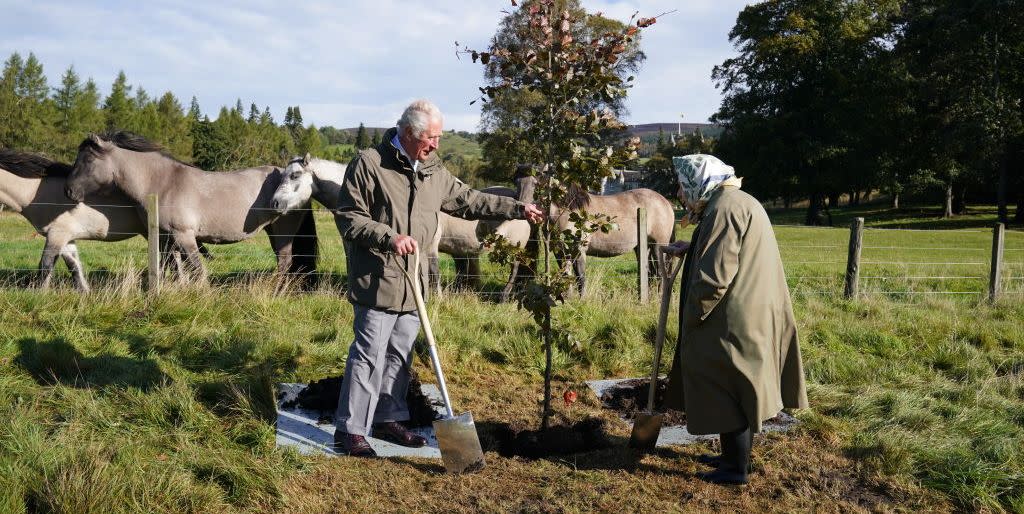
When the Queen made her keynote speech to world leaders at the United Nations climate Change Conference, urging them to work "side by side" to combat climate change, it was the culmination of many powerful words from her family on the subject. From Prince Charles spending decades calling for us to put nature first, to Prince William being more and more vocal on the subject, the royals have increasingly positioned themselves at the center of the fight to protect our planet.
But as the public looks to its figureheads to lead by example, the royals' own lifestyles and green credentials have also come under the spotlight, as has the question: how much difference can they really make?
What the Royals Have Said About the Environment
It goes without saying that there is not an article long enough to cover everything Prince Charles has said on this subject. His first major speech on the issue was in February 1970, in which he described “the horrifying effects of pollution in all its cancerous forms” and highlighted the problems of mass use of “indestructible plastic containers.” Almost exactly 50 years later, in January 2020, he made a keynote speech at the World Economic Forum in DAVOS, where he reflected, “I have dedicated much of my life to the restoration of harmony between humanity, Nature and the environment, and to the encouragement of corporate social and environmental responsibility. Quite frankly, it has been a bit of an uphill struggle. But, now, it is time to take it to the next level.” Outlining 10 “practical actions” for sustainable markets, he concluded “the only limit is our willingness to act.”
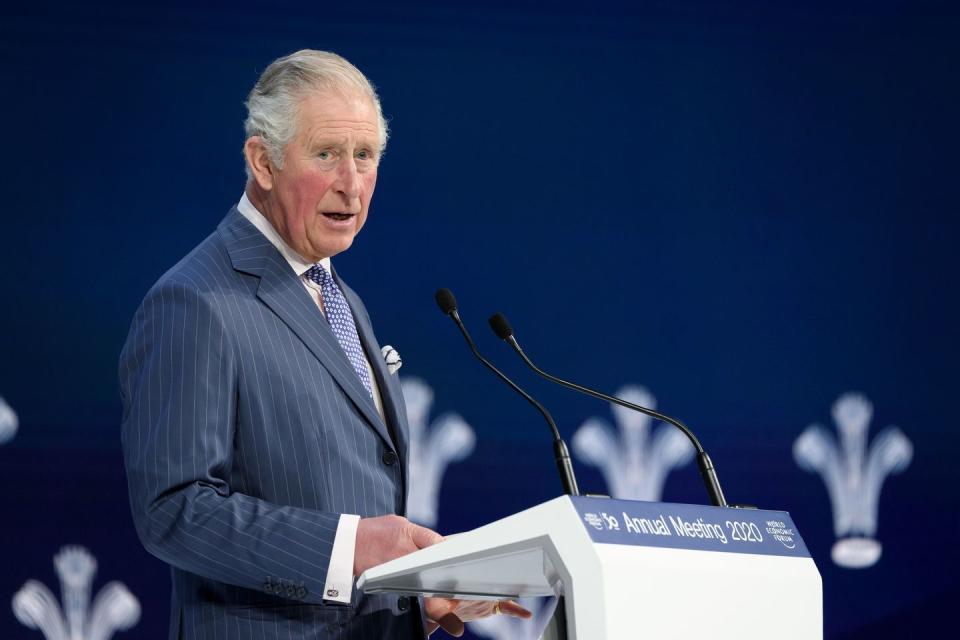
While Charles was for many years the most prominent voice in the royal family on the need to protect the planet, in recent years Prince William has significantly accelerated his work in this field. He gave a landmark TED talk in October 2020 where he described the next decade as “the most consequential period in history.” A year later he attracted attention for comments made during an interview with the BBC about his Earthshot Prize. “We need some of the world's greatest brains and minds fixed on trying to repair this planet, not trying to find the next place to go and live,” the Prince said.
While the Queen is known for keeping her view to herself, her powerful speech to world leaders at the opening of COP26 left no-one in any doubt about where she stands on the urgent effort required. “The time for words has now moved to the time for action,” she said. These remarks were intended for public consumption, but the Queen’s frustration at leaders not attending COP26 was also unwittingly made clear during a private conversation in mid-October. “It’s really irritating when they talk, but they don’t do,” she said.
How the Royals Are Using Their Positions to Help Protect the Planet
There can be no doubt that the royal family is in a unique position to affect change through its profile and convening power. Prince William’s Earthshot Prize, which will find and fund 50 solutions to repair the planet, is a notable recent endeavor, but members of the royal family have been lending their support to environmental organizations for decades. From Prince Philip’s patronage of the World Wildlife Fund, to the multiple charities and initiatives Prince Charles has both backed and founded (the Prince’s Countryside Fund and the Sustainable Markets Initiative to name just two), the family has frequently shone a light on global environmental concerns.
The Queen’s Platinum Jubilee celebrations next year are also being used as an opportunity to encourage people to take part in a tree-planting initiative. The Queen’s Green Canopy is asking individuals and organizations to ‘Plant a Tree for the Jubilee’ between October and March each year.
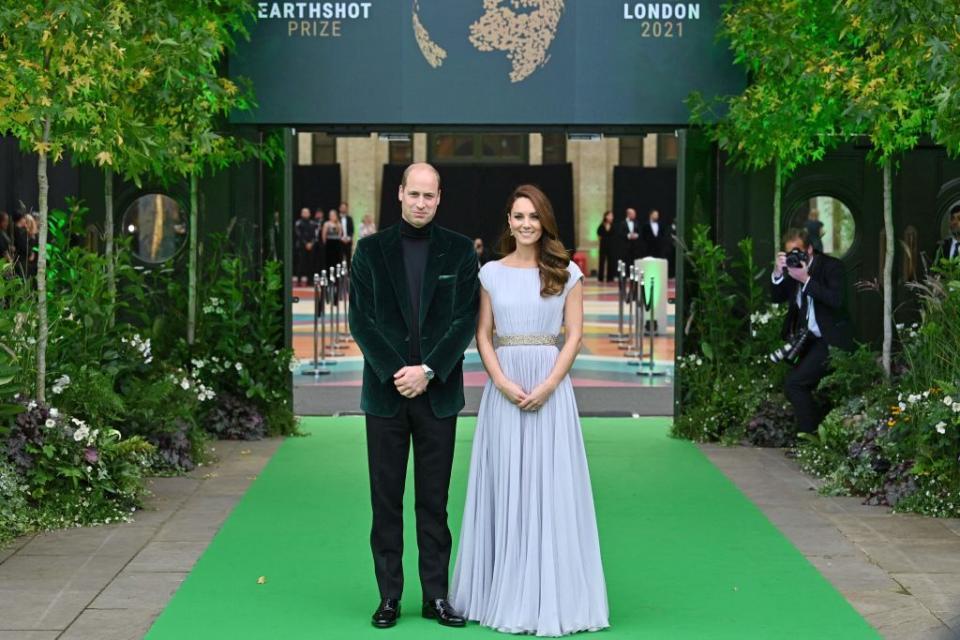
What About Their Own Lifestyles?
It’s one thing to be a figurehead for good causes, but their prominent positions also see a spotlight shone on how environmentally friendly the royals actually are in their own lives. It’s easy to see why they are at times accused of hypocrisy when their roles often see them jet around the world multiple times per year on private planes or use helicopters to travel between royal residences.
While it can be argued that the royals don’t control their carbon footprint when carrying out overseas duties on behalf of the British government, it’s natural that the public wants to see people at the highest levels practicing what they preach. Buckingham Palace has been aware of this for a number of years and has a dedicated section on its website about how it is “working hard across operations in the Royal Palaces and Estates to reduce its impact on the environment, using everything from energy efficient LED (light-emitting diode) lighting to hydro-electricity generating plants to ensure efficient running of its sites.” There are 60 smart meters monitoring energy consumption and the Palace says it has had a “network of Green Champions” focusing on making the royal household environmentally friendly since 2006/7. Buckingham Palace is currently undergoing a £369 million publicly-funded refurbishment in which ageing boilers are being replaced with a new energy center, which the Palace says “is anticipated to make carbon emission savings of 300 tonnes per year.”
Clarence House insists that Prince Charles has “taken many steps personally to live in a more sustainable way” and cites the fact that “around half of his office and domestic energy use comes from renewable sources such as woodchip boilers, air-source heat pumps, solar panels and 'green' electricity.” Charles converted Home Farm in Gloucestershire into an organic farming system in 1985 and has also, memorably, recently pointed out that he runs his Aston Martin on fuel made from surplus cheese and wine. Last month, however, The Sunday Times reported that the Prince’s Foundation has launched a review after accepting a donations from a Saudi Arabian oil company.
While the scalability of cheese and wine to run vehicles may be questionable, the royals have frequently been seen in hybrid or electric cars. When Prince William’s inaugural Earthshot Prize awards were held in London in October, much was made about how sustainable the event was, with a paperless policy, plant-based canapés, no-one flown across just to attend, and guests asked to rewear existing outfits or promote sustainability with their choice of dress.
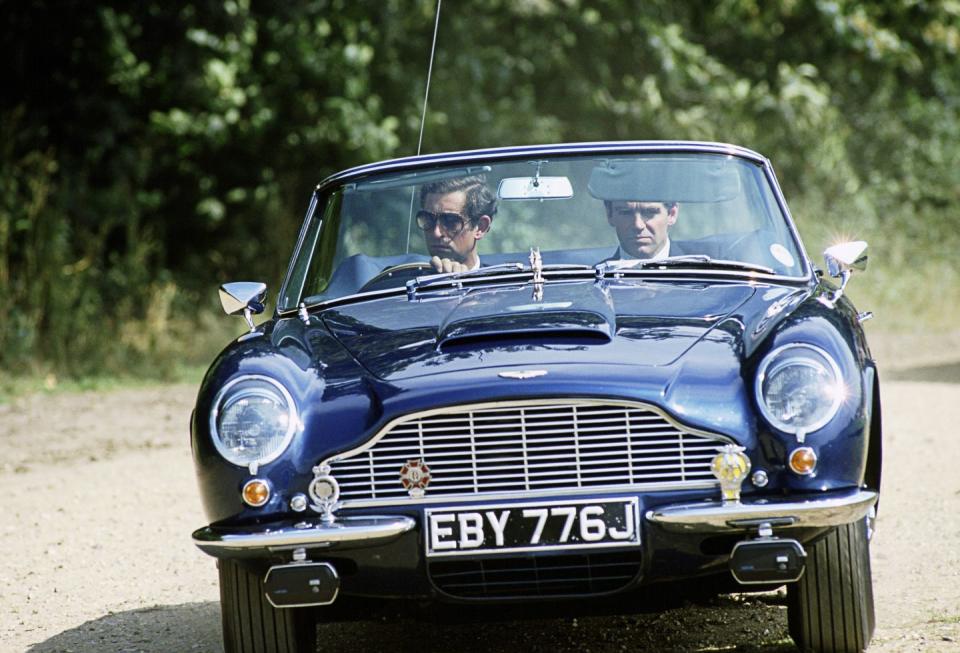
Can They Really Make a Difference?
As more and more people wake up to the urgency of the need to act on climate change, the royals look set to continue to position themselves at the center of these efforts. Their global profiles give them the unique ability to make people sit up and listen, although the value of them adding their voices to calls for action is difficult to measure. Certain endeavors do, however, have a more tangible outcome, such as the 50 £1million handouts that will be given to the winners of the Earthshot Prize and the charities that would not exist if Prince Charles had not set them up.
Despite their privileged positions, it’s worth noting that there are many limits to the royals’ powers. Recent calls for them to rewild their land factored in the Crown Estate, which is not managed by the monarch but run as an independent estate for the benefit of the UK public purse. The royals can, however, control what they do with the land surrounding private residences such as Balmoral, Sandringham and Highgrove as well as, to a certain extent, official residences such as Buckingham Palace, where the gardens are designed to help “wildlife and plant life to thrive.” Whether people praise, criticize, or even dismiss, the royals as they advocate for climate change solutions it's clear that they continue to keep doing so. As the Queen told COP26, "We are doing this not for ourselves but for our children and our children’s children, and those who will follow in their footsteps."
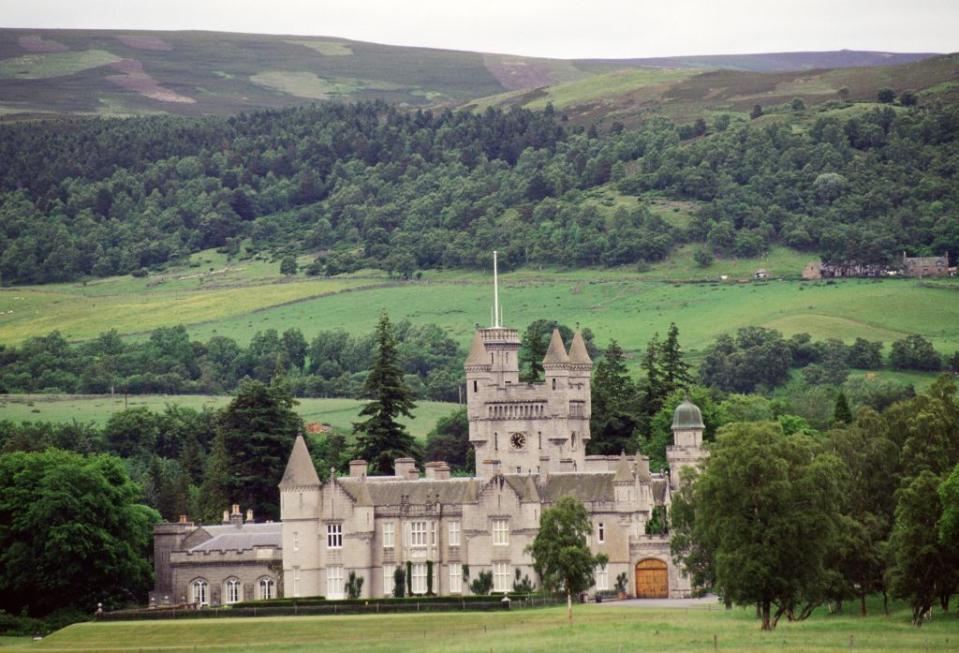
You Might Also Like

